dolasetron
- CAS NO.:115956-12-2
- Empirical Formula: C19H20N2O3
- Molecular Weight: 324.37
- MDL number: MFCD00865542
- SAFETY DATA SHEET (SDS)
- Update Date: 2024-11-19 23:02:33

What is dolasetron?
Absorption
Orally-administered dolasetron is well absorbed
Description
Dolasetron is an antagonist of the serotonin (5-HT) receptor subtype 5-HT3 (Ki = 20 nM). It is selective for 5-HT3 receptors over 5-HT1A, 5-HT1B, 5-HT2, dopamine D2, α1-, α2-, β-adrenergic, M1-5 muscarinic acetylcholine, and neurokinin-1 (NK1) receptors (IC50s = >10 μM for all). Dolasetron inhibits 5-HT-induced membrane currents in NG 108-15 cells (IC50 = 3.8 nM). It increases the latency to emesis and reduces the number of vomiting and retching episodes induced by cisplatin in ferrets when administered at doses of 0.5 or 2 mg/kg. Formulations containing dolasetron have been used in the prevention of postoperative or chemotherapy-induced nausea.
Description
Dolasetron, available commercially as Anzement, is an anti-emetic drug that is especially useful to chemotherapy patients. Its mode of action is as a serotonin 5-HT3?receptor antagonist. A new, more scalable synthetic route to dolasteron was featured in a?recent Patent Watch report.
Chemical properties
White Solid
The Uses of dolasetron
Dolasetron is a bridged pseudopelletierine derivative; specific serotonin (5HT3) receptor antagonist.It is used as antiemetic.
The Uses of dolasetron
prevention and treatment of postoperative nausea and vomiting
The Uses of dolasetron
Bridged pseudopelletierine derivative; specific serotonin (5HT3) receptor antagonist. Antiemetic.
Background
Dolasetron is an antinauseant and antiemetic agent indicated for the prevention of nausea and vomiting associated with moderately-emetogenic cancer chemotherapy and for the prevention of postoperative nausea and vomiting. Dolasetron is a highly specific and selective serotonin 5-HT3 receptor antagonist. This drug is not shown to have activity at other known serotonin receptors, and has low affinity for dopamine receptors.
Indications
For the prevention of nausea and vomiting associated with emetogenic cancer chemotherapy, including initial and repeat courses of chemotherapy. Also used for the prevention of postoperative nausea and vomiting. This drug can be used intravenously for the treatment of postoperative nausea and vomiting.
What are the applications of Application
Dolasetron is an antiserotonin compound
Definition
ChEBI: LSM-5418 is an indolyl carboxylic acid.
brand name
Anzemet (Sanofi Aventis.
Pharmacokinetics
Dolasetron is a highly specific and selective serotonin 5-HT3 receptor antagonist, not shown to have activity at other known serotonin receptors and with low affinity for dopamine receptors. It is structurally and pharmacologically related to other 5-HT3 receptor agonists. The serontonin 5-HT3 receptors are located on the nerve terminals of the vagus in the periphery, and centrally in the chemoreceptor trigger zone of the area postrema. It is suggested that chemotherapeutic agents release serotonin from the enterochromaffin cells of the small intestine by causing degenerative changes in the GI tract. The serotonin then stimulates the vagal and splanchnic nerve receptors that project to the medullary vomiting center, as well as the 5-HT3 receptors in the area postrema, thus initiating the vomiting reflex, causing nausea and vomiting.
Metabolism
Hepatic
Properties of dolasetron
| Melting point: | 278 ºC |
| Boiling point: | 535.1±50.0 °C(Predicted) |
| Density | 1.37±0.1 g/cm3(Predicted) |
| storage temp. | Sealed in dry,2-8°C |
| solubility | Chloroform (Slightly), DMSO (Slightly), Methanol (Sparingly) |
| form | Solid |
| pka | 15.36±0.30(Predicted) |
| color | White |
| Water Solubility | Soluble |
| CAS DataBase Reference | 115956-12-2 |
Safety information for dolasetron
Computed Descriptors for dolasetron
New Products
Tert-butyl bis(2-chloroethyl)carbamate 4-Methylphenylacetic acid N-Boc-D-alaninol N-BOC-D/L-ALANINOL N-octanoyl benzotriazole 3-Morpholino-1-(4-nitrophenyl)-5,6-dihydropyridin- 2(1H)-one Furan-2,5-Dicarboxylic Acid DIETHYL AMINOMALONATE HYDROCHLORIDE 1,1’-CARBONYLDIIMIDAZOLE R-2-BENZYLOXY PROPIONIC ACID 1,1’-CARBONYLDI (1,2-4 TRIAZOLE) N-METHYL INDAZOLE-3-CARBOXYLIC ACID (2-Hydroxyphenyl)acetonitrile 4-Bromopyrazole 5-BROMO-2CYANO PYRIDINE 5,6-Dimethoxyindanone 5-broMo-2-chloro-N-cyclopentylpyriMidin-4-aMine 2-(Cyanocyclohexyl)acetic acid 4-methoxy-3,5-dinitropyridine 1-(4-(aminomethyl)benzyl)urea hydrochloride 2-aminopropyl benzoate hydrochloride diethyl 2-(2-((tertbutoxycarbonyl)amino) ethyl)malonate tert-butyl 4- (ureidomethyl)benzylcarbamate Ethyl-2-chloro((4-methoxyphenyl)hydrazono)acetateRelated products of tetrahydrofuran
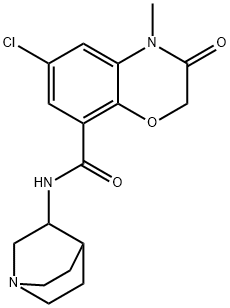
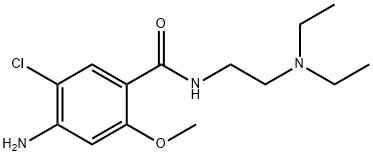
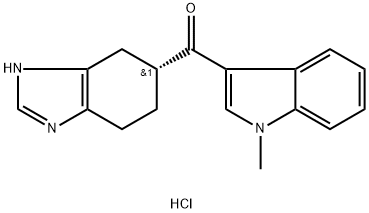


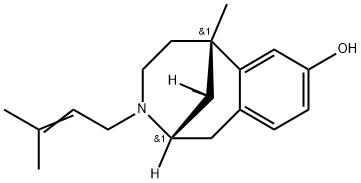

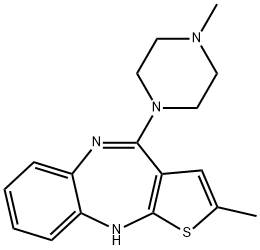
You may like
-
 2033-24-1 98%View Details
2033-24-1 98%View Details
2033-24-1 -
 1975-50-4 98%View Details
1975-50-4 98%View Details
1975-50-4 -
 2-HYDROXY BENZYL ALCOHOL 98%View Details
2-HYDROXY BENZYL ALCOHOL 98%View Details
90-01-7 -
 2-Chloro-1,3-Bis(Dimethylamino)Trimethinium Hexafluorophosphate 221615-75-4 98%View Details
2-Chloro-1,3-Bis(Dimethylamino)Trimethinium Hexafluorophosphate 221615-75-4 98%View Details
221615-75-4 -
 61397-56-6 CIS BROMO BENZOATE 98%View Details
61397-56-6 CIS BROMO BENZOATE 98%View Details
61397-56-6 -
 14714-50-2 (2-Hydroxyphenyl)acetonitrile 98+View Details
14714-50-2 (2-Hydroxyphenyl)acetonitrile 98+View Details
14714-50-2 -
 118753-70-1 98+View Details
118753-70-1 98+View Details
118753-70-1 -
 733039-20-8 5-broMo-2-chloro-N-cyclopentylpyriMidin-4-aMine 98+View Details
733039-20-8 5-broMo-2-chloro-N-cyclopentylpyriMidin-4-aMine 98+View Details
733039-20-8